#foraged food
Text
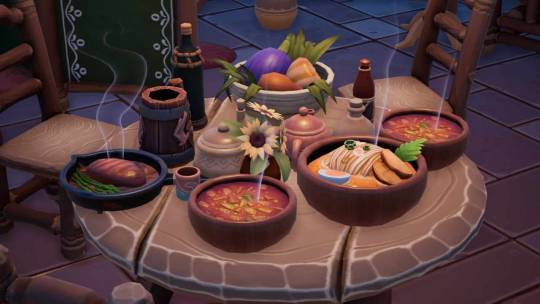
The food in Palia though!
#palia game#palia#pc gamer#pc gaming#pc game#pc games#mmo#cozygames#cozygaming#cozygamers#cozy games#cozy gaming#cottagecore#foraged food#food
692 notes
·
View notes
Text

Do you like ginger and/or cardamom?
Do you also like free spices?
WELL HI let me introduce you to magnolia buds! Yes, the same buds that eventually become those lovely pink flowers you see growing on trees every spring.
Magnolia flowers are edible at all stages, but when you pick them like this just before they open, they are PERFECT for drying and using as a spice. If the buds are already open, don’t bother. I don’t know what it is about the petals, but they do NOT dry well and the smell becomes almost fishy.
I slice the buds open lengthwise, and separate any thick outer layers before drying. An oven won’t work for this unfortunately — the flavor is really too delicate. I put them in a dehydrator on its lowest setting for most consistent results, but air drying will also work. The only thing about that is it’s very important that the buds remain dry. Any moisture and you risk ruining a whole batch.
They shrink a lot once they’re fully dry, so I don’t bother crushing them up when finished. I store them in a clean, dry mason jar and they last easily for a few months (if I don’t use them before then)! Use anywhere you would ginger or cardamom – they make an excellent addition to cookies and spice cakes!
* Always forage responsibly and NEVER eat anything you aren’t 100% sure of. When in doubt, throw it out! *
193 notes
·
View notes
Text
I desperately need more botany/gardening/solarpunk/foraging posts that aren’t so fucking American-centric
“European plants are invasive” okay, in America— but which ones are invasive HERE, like are Spanish species invasive to England? Are French plants invasive to England??
#we’re a fucking island but we’re also in Europe and I need more shit about wildflowers or invasive species or edible foraging plants in UK#wild flowers#wildflowers#england#scotland#ireland#wales#including those three too cause it’s probably a very similar issue#I mean maybe I’m just not looking in the right places but everything I ever come across is American or Canadian#UK#solarpunk#botany#foraging#foragecore#foraged food#🪲#botanic garden#garden design
247 notes
·
View notes
Text
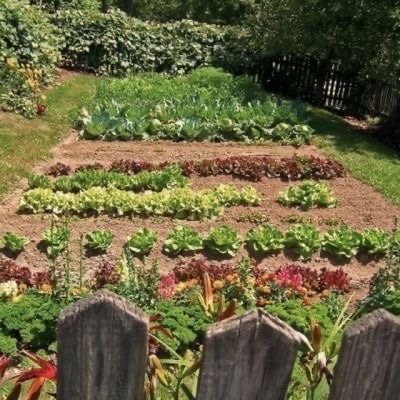
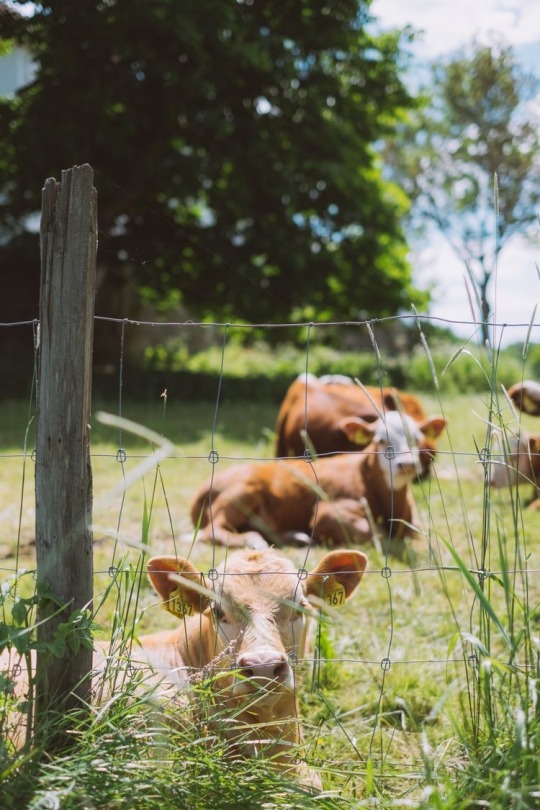



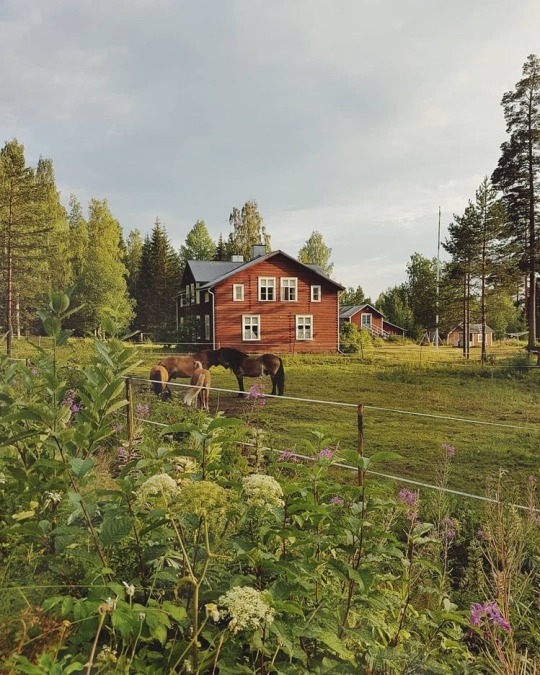
i’m dreaming..
#brookiisface#farmers market#farmcore#countrycore#country cottage#slow living#foraged food#homesteading#cottagecore#cottagecore aesthetic#cottagecore farm#farming#appalachian#appalachain mountains#cozycore#warmcore#grandmacore
4K notes
·
View notes
Text

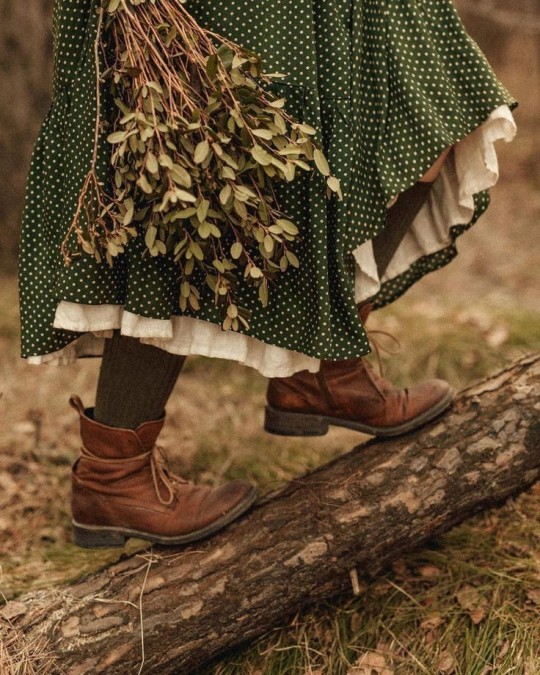
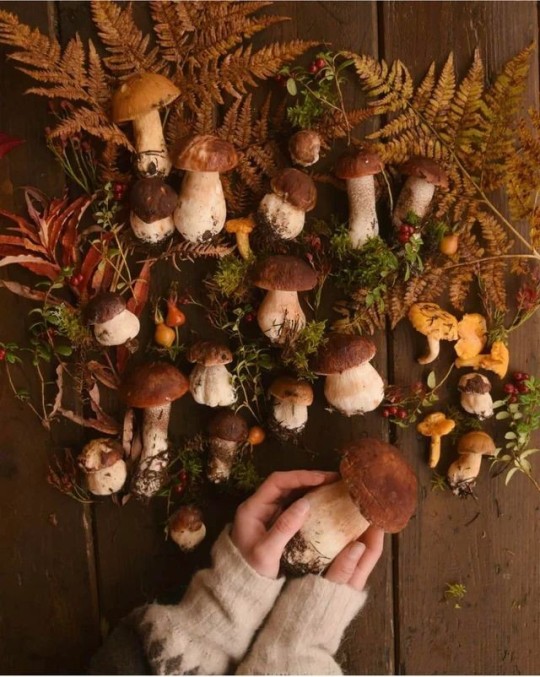
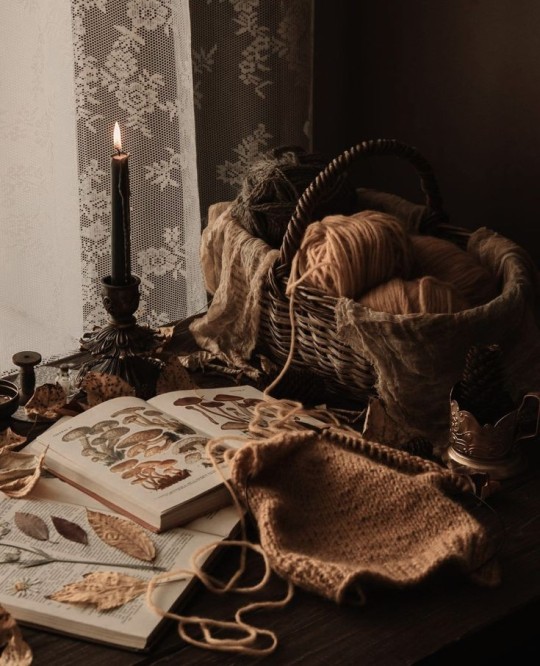
#cozycore#plants#cottage life#cottagecharm#cottagestyle#grandma aesthetic#gardencore#warmcore#cottage garden#countrycore#mushroom aesthetic#mushroomcore#mushrooms#fungiart#fungicore#fungi#goblin aesthetic#foraged food#forest witch#forest cottage#cottage aesthetic#nature aesthetic#plantbased#plants and herbs#plant aesthetic#book aesthetic#viral#vintage aesthetic#cake aesthetic#candle aesthetic
1K notes
·
View notes
Text
Foraging
Monday I picked dandelions and violets to experiment with flower-flavored syrups. It was time-consuming, but I just felt like trying something new. I have done violet jelly before, although the results were mediocre.

The first step after separating the petals from the greens was to pour boiling water over each kind and let them sit for a day. The violets had a greenish-blue extract by evening, and by morning it had settled into a deep blue. I tried adding a couple of drops of lemon juice, which shifted it to blue-purple. Violets have the same pigment, anthocyanin, as red cabbage, and it is pH sensitive. I am curious why my tap water (from a well) would have a pH of 9(ish), but I'll go ahead and blame limestone.
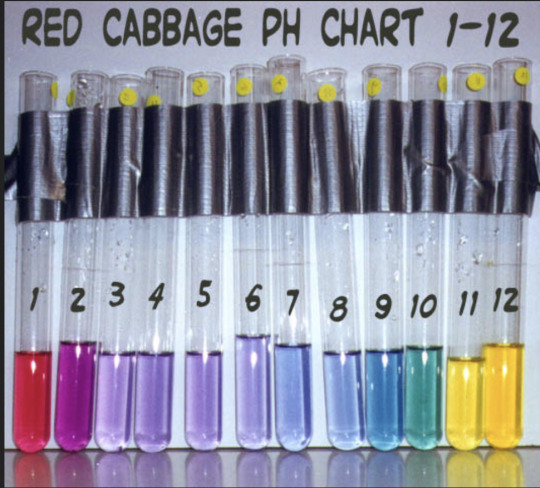
I cooked the dandelion first, adding sugar equal to the amount of liquid (1.25 cups). I cooked it for a while and then bottled it when it seemed like it had thickened up (the bubbles start to PLOP instead of 'pop', if that makes sense).

Here it is, compared with honey. The color is virtually the same!
Then I started with the violet. As I heated it, the color shifted BACK to greenish-blue. I added a little more lemon juice, and it ended up weirdly purple from some angles and blue from others, depending on how the light hit it. It's also DARK, too dark for me to photograph and show you much color. When it cooled down it a) turned a steely blue-grey and b) crystalized.
That. that is NOT what I was going for. It also doesn't really taste like anything. Just 'sweet'. Drat.
#farmblr#spring#spring flowers#foraging#foraged food#solarpunk#foragecore#flowers#dandelion#violet#FAIL!
57 notes
·
View notes
Text


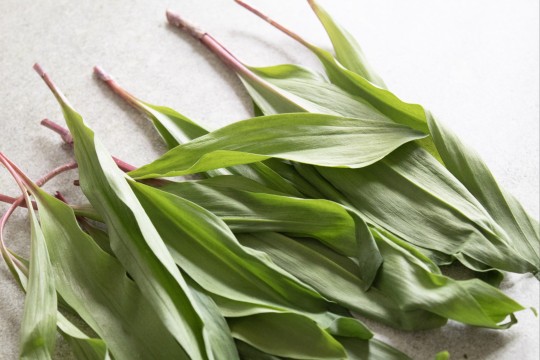

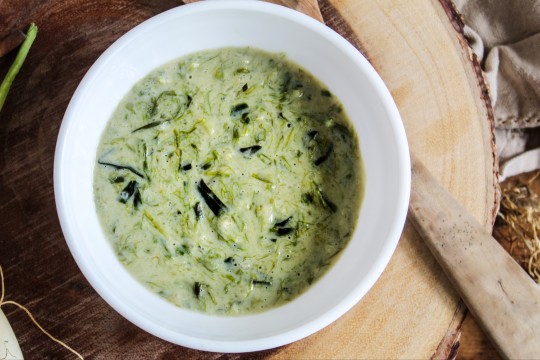
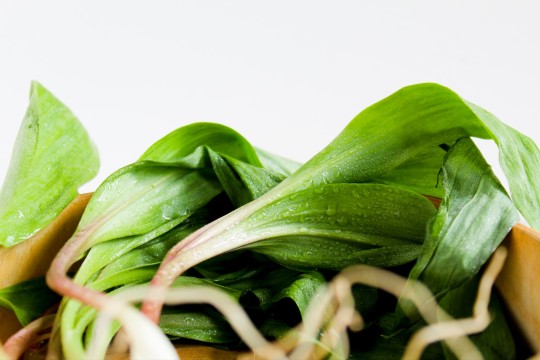

Hey guys, after foraging and cooking with ramps every spring for years, I compiled all of my tips and recipes into a single post, reblog for more forest found foraged content
#ramps#wildleeks#foraged food#forage#foraging#nature#naturcore#homesteading#homecooking#food#food photography#photography
66 notes
·
View notes
Text
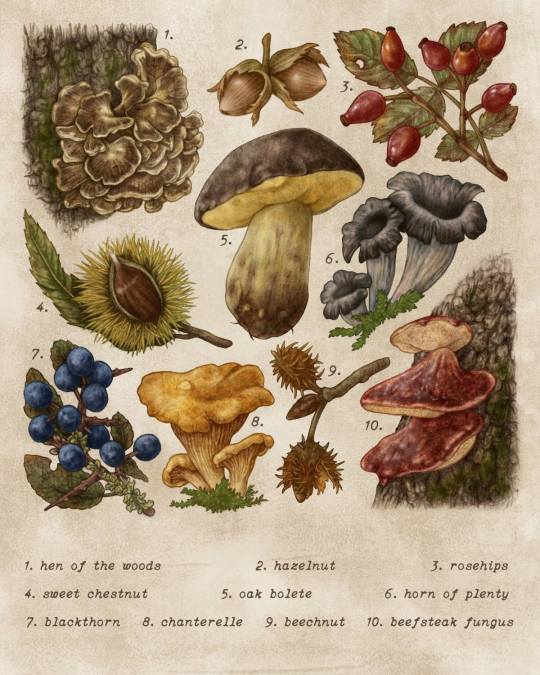
My newest seasonal collection piece; Autumn Foraging! 🍄🫐🌰 I've been really interested in seasonal foraging lately and trying to learn more about wild edible plants growing local to me. Here are some common wild plants and fungi that you can forage for in autumn!
1. Hen of the woods
2. Hazelnut
3. Rosehips
4. Sweet chestnut
5. Oak Bolete
6. Horn of plenty
7. Blackthorn
8. Chanterelle
9. Beechnut
10. Beefsteak fungus
... among many many others of course!
#illustration#art#vintage illustration#natural history#autumn#goblincore#illustrator#mushrooms#autumn aesthetic#fall#fall aesthetic#gremlin core#crowcore#cottagecore#witch academia#forage#foraging#foraged food#harvest#harvest festival
777 notes
·
View notes
Text

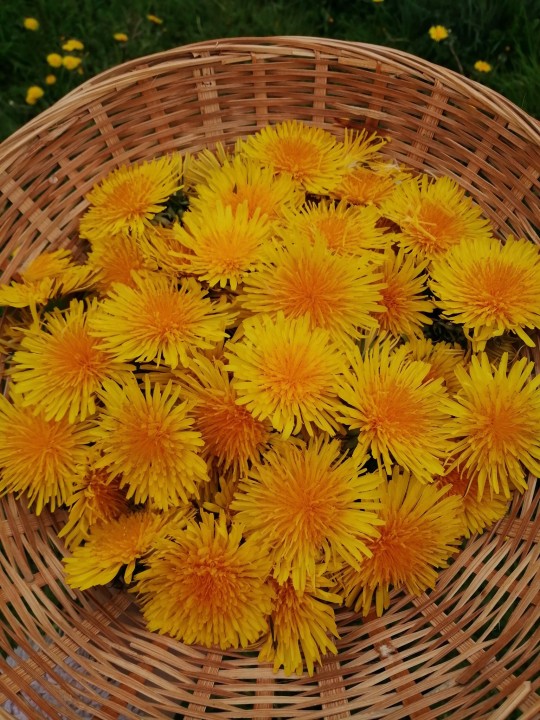
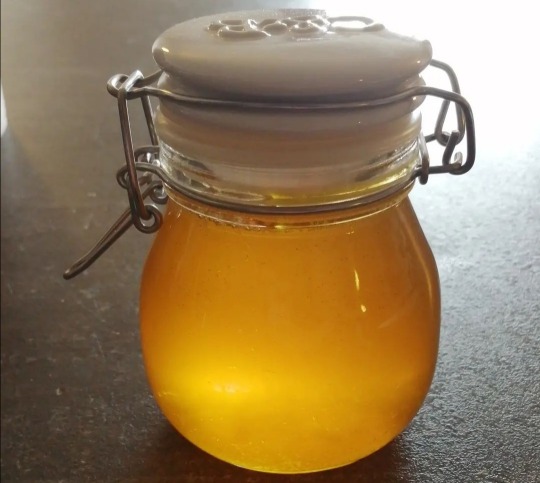
i made dandelion honey!! it looks like a magic potion and tastes incredible!
recipe:
2 cups dandelion petals (removed from the green flowerheads - this took me about 175 flowers for 2 UK cups but anywhere between 150 and 200 should be alright)
3 cups water
1 tsp vanilla essence (you can use bean paste or a whole bean i only had essence on hand)
3 lemon slices
sugar
in a pan, bring to the boil and lower the heat slightly to simmer for 30 minutes, then leave to steep overnight or 6-12 hours. strain the liquid through a jam strainer or cheesecloth, then measure the liquid and add an equal quantity of sugar to the liquid (i used grams rather than cups for this part), then gently boil for an hour until syrupy and reduced to about two thirds of the original depth. Pour into a sterilised jar, let it cool, then enjoy!
you can use it as you would normal honey, I've used it on toast, in coffee and in cake so far, all with good results.
tip: it may crystallise like a syrup or honey does, but you can gently heat the jar in a pan of hot water to return it to a liquid state.
always remember to forage responsibly and safely, make sure you don't use a polluted area or where its likely to have been contaminated by dogs etc, and leave some for the bees!
#cottagecore#nature#flowers#wlw#spring#cottage vibes#fairycore#cottagestyle#nature aesthetic#cozycore#farmcore#foraging#dandelion#dandelion honey#forestcore#recipe#honey#foraged food
3K notes
·
View notes
Text
Indigo Milk Cap Mushroom
Lactarius indigo



These otherworldly deep indigo blue milkcaps contain a derivative of azulene. This pigment is also found in some species of soft corals throughout the oceans.



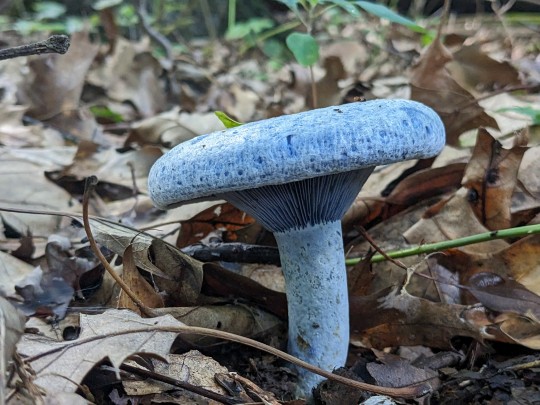
Edible (at your own risk). They have a mild taste to me and I prefer them sauteed.
Aug. 14th, 2023
St. Louis County, Missouri, USA
Olivia R. Myers
@oliviarosaline
#mushrooms#mycology#nature#beautiful nature#blue mushroom#indigomilkcap#milkcap mushroom#indigo milkcap#foraging#interesting nature#interesting#blue mushrooms#lactarius indigo#milk cap mushrooms#exploring nature#exploring the woods#exploring#discovering nature#mushies#mushroom#beautiful mushrooms#fungi#wild fungi#fungus#cottagecore#foraged food#fungi photography#mushroom photography#forestcore#russulaceae
31 notes
·
View notes
Text
Just a reminder that the young shoots of Japanese Knotweed (which you may know as bamboo) are edible, tasting similar to rhubarb, and I totally suggest looking it up (so many recipes online)
it's invasive where I live (which I believe is true for all of the US, not sure about other countries) and it's very present on my property, so I've taking up harvesting the shoots and eating them in all kinda of ways, from strawberry/knotweed pie to what I'm trying with this latest batch, fermented knotweed pickles
They also pair well with apples and pears
Anyway, I was a bit late last year to get the real young and tender shoots, but the weather was great today and I was able to get out there and practically tear them from the ground
Here's my haul today, I'll let you know how the pickles come out, might try some other things too

21 notes
·
View notes
Text

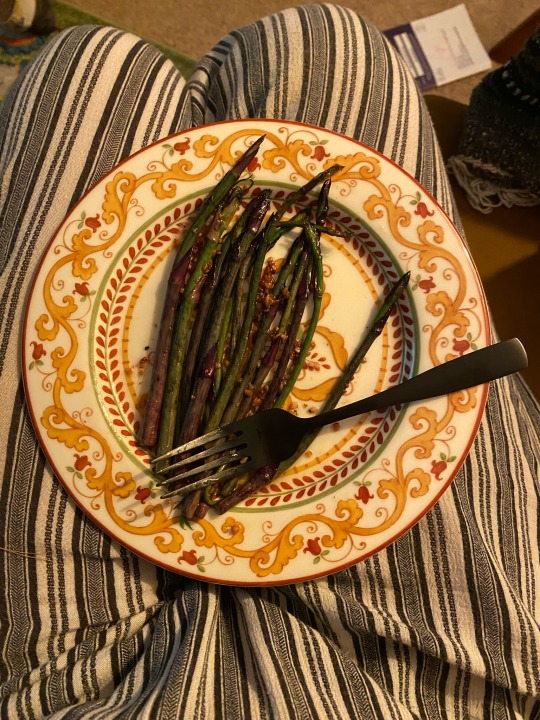
Smilax shoot season!! I cooked these with just butter and garlic (and s+p ofc) and they’re like if asparagus was… better. Not as bitter or tough as asparagus. Yum!
#not even going to bother growing an asparagus plant anymore tbh#these are better and free!!#peace and love on planet earth!!!#native plants#solarpunk#foraging#foraged food#smilax var.#smilax shoots
24 notes
·
View notes
Text


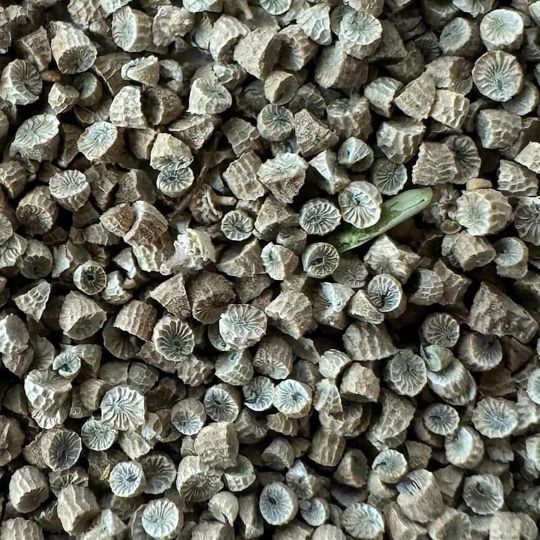
Pascal Baudar
Interesting looking seeds of the week: Common Mallow - Malva neglecta.
Malva neglecta can be found in several continents, it's commonly known as common mallow or cheese weed. Its leaves and flowers can be eaten raw or cooked. When cooked, they can be used similarly to spinach, added to soups, stews, or sautéed as a side dish. The flowers of Malva neglecta can also be added to salads for a colorful touch or used as an edible garnish.
In addition to its culinary uses, Malva neglecta has been used in traditional medicine for its soothing and anti-inflammatory properties, particularly for skin and digestive system ailments.
The seed pods of Malva neglecta, sometimes referred to as "cheeses," due to their shape resembling a small wheel of cheese, can be eaten raw or cooked. They have a mild, pleasant flavor and can be added to salads or used as a snack. In some regions, they are pickled or used as a caper substitute. But, I decided to go a little further and break the seed pods once dried to investigate possible culinary uses for the seeds.
They're super interesting looking, like little barrels with ridges, I didn't collect that many last year but I've enough to start a couple of experiments. Of course, I'm in the progress of sprouting some but I have the feeling that one of the best use will be to grind the dried seeds and make an interesting flour.
28 notes
·
View notes
Text
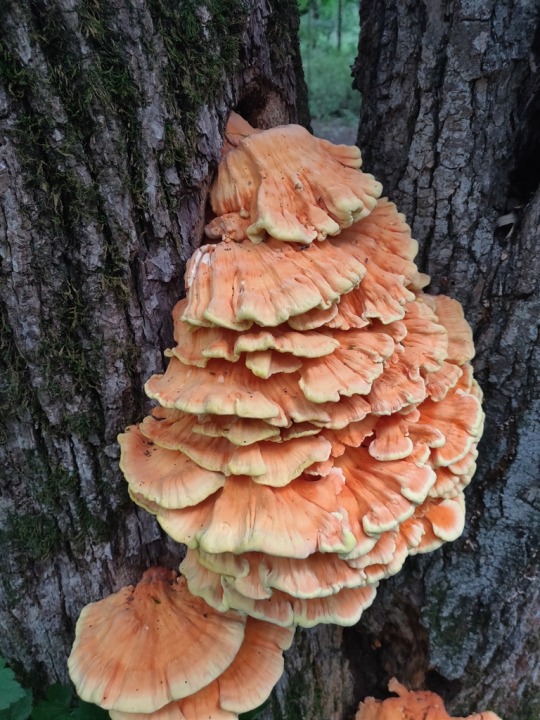


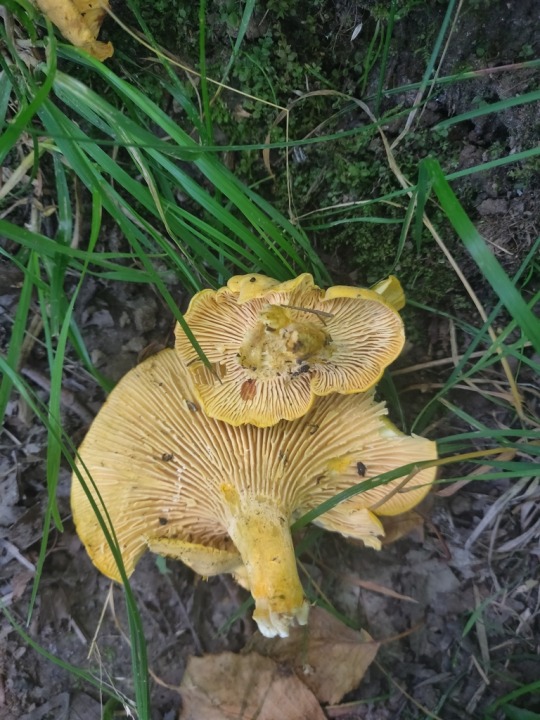
Some edible mushrooms I've found (and foraged) recently! Chicken of the woods, pheasants back, lobster, and golden chanterelles. Unfortunately no morels for me this year, and I'm still looking for oysters
Disclaimer: please do not eat random mushrooms if you are not 100% certain about the identification
#edible mushrooms#wild edibles#foraging#foraged food#forager#mushroom#mushrooms#chicken of the woods#chanterelle#oyster mushrooms#lobster mushroom#pheasants back#morel#morels#fungi#fungus#ecology#nature#naturalist#environmental education#nature photography#north america#midwest#forest#united states#mine#photography#biology#mycology
120 notes
·
View notes
Text
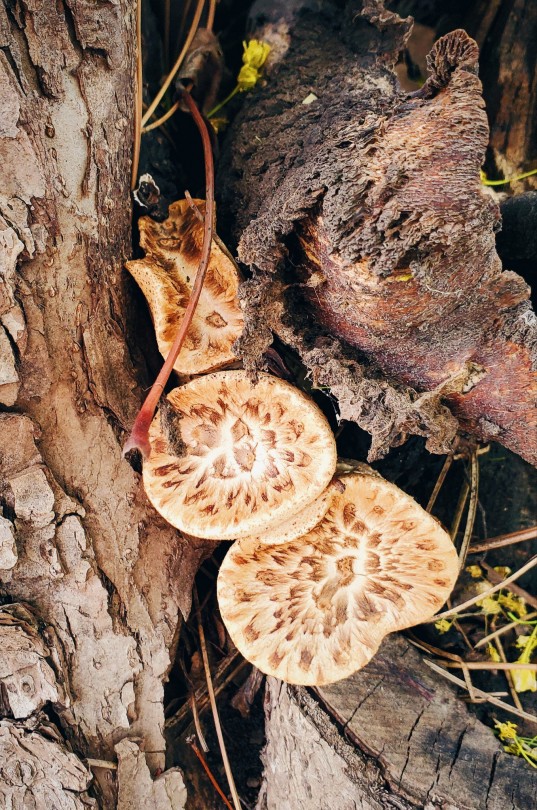
Spotted some Dryad's Saddle! I haven't had any Morel luck at all this year.
(cerioporus squamosus / Polyporus squamosus)
#mushroom#mushrooms#pheasant back#dryad's saddle#fungus#fugi#mycology#nature witch#nature blog#nature photography#green kitchen witch#green witch#kitchen witch#morels#nature#foraged food#foraging#forage
132 notes
·
View notes
Text
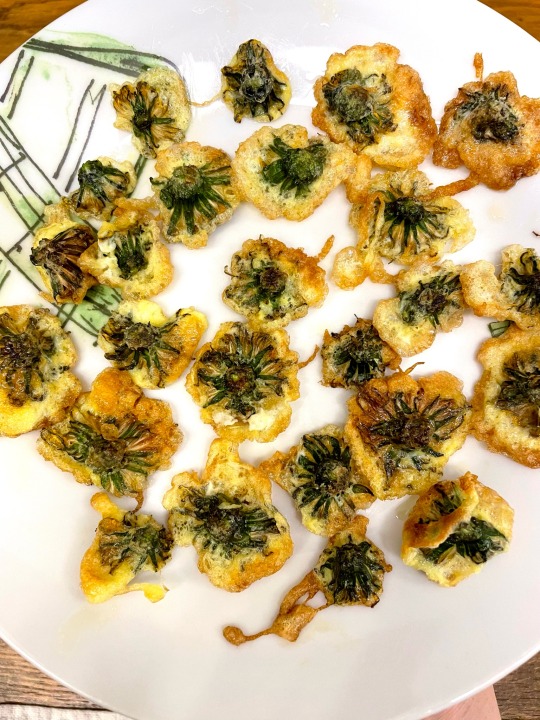


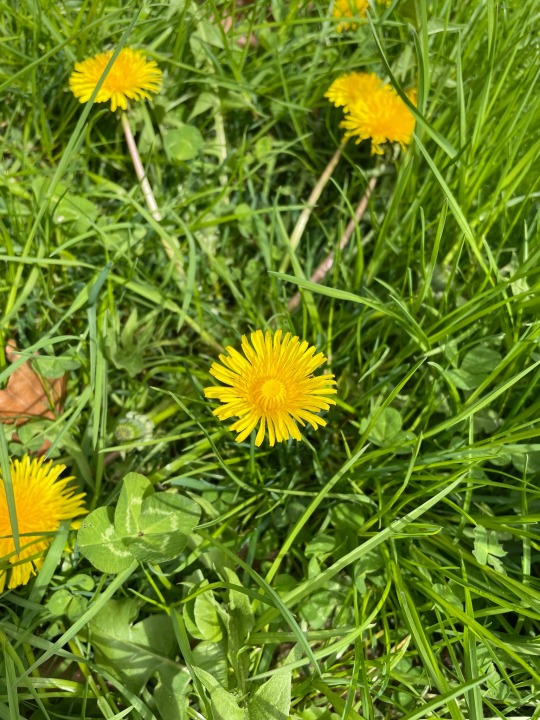
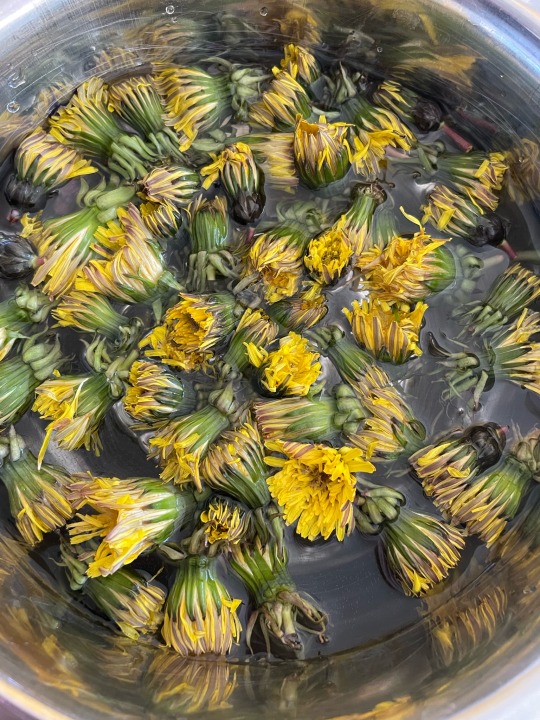
Dandelion Blossom Fritter.
(Ingredients):
20-30 Fresh Dandelion Blossoms
1 Egg
1/2 teaspoon Corn Starch
1/3 teaspoon Salt
Vegetable Oil
1. Soak the dandelions for 10-15 minutes to remove the dirt and debris. Turn them up side on a kitchen paper to dry completely.
2. Whisk egg, salt and cornstarch together.
3. Heat up oil over medium-high heat. Dip the blossoms in the egg wash; fry on both sides until golden. Serve immediately.
Hope you enjoy this simple wild edible recipe.
#wild plants#wild edibles#wild flowers#spring plants#spring flowers#edible flowers#dandelion#dandelions#spring blossoms#blossoms in adversity#foraged food#foraging#forager#kitchen witch#witchy#nature#nature walk#happiness#kitchen fun#green witch#spring#magic#recipes#cooking#just sharing
14 notes
·
View notes